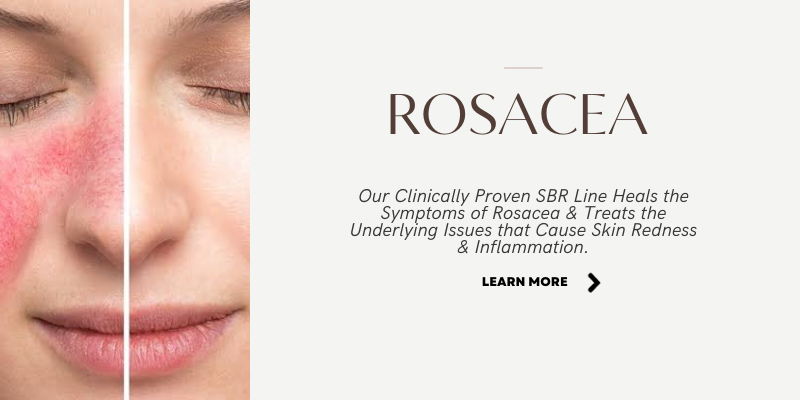Due to the (surprising) lack of regulation over ingredients in beauty products, spa professionals and end-consumers need to learn and do their due diligence/research for clean, effective, healthy, and long-lasting results. Toxins in beauty products work as ‘slow poisons’ to damage skin, hair, and overall health in the long run. These chemical toxins can enter through the skin into our bloodstream and cause many health issues, including hormone disruption, systemic toxicity, and even cancer. Though many countries, especially the European Union, have banned the use of these chemicals, we have a long way to go for the complete implementation of clean and Eco-friendly beauty practices…
The following is the third part (also check Part 1 and Part 2 of the series) of the most common toxins in beauty products and their natural alternatives:
BHT
BHT is one of the most popular preservatives in skin and hair care. BHT (also known as ‘the synthetic antioxidant’) is added to products to prevent free-radical-mediated damaging effects. Toluene or Butylated Hydroxytoluene (BHT) is in the EU, Southeast Asia, and some places in the USA, however, the chemical can still be found in many moisturizers, cleansers, sunscreens, etc. It is also one of the most dangerous toxic chemicals linked to brain toxicity and is harmful to pregnancy.
Natural Alternatives – Extracts/ essential oils of Lemon, Bergamot, Blueberry, Orange, Beetroot, Spinach, Gotu Kola, etc.
Color Additives
Color additives include dyes and pigments added to formulations usually to make the product look more appealing to the customers. Many of these colors are derived from coal tar which acts as toxins in beauty products and can cause skin irritation, eye discomfort (if used near the eyes), and potentially cause cancer and other health issues.
Natural Alternatives – Extracts from Beetroot, Blueberry, Avocado, Calendula, German Chamomile, Hemp, Nettle leaves, Pomegranate, Sea Buckthorn, St. John’s Wort, French Green Clay (On the Spot Blemish Treatment Night), Red Sandalwood (Puraveda AfterShave Balm & Lotion) and others.
Cetearyl Alcohol
Cetearyl alcohol is a waxy mixture of cetyl alcohol and stearyl alcohol (fatty alcohols), used to soften skin and hair. It is used in hand creams, moisturizers, shampoos, exfoliants, and a wide array of toiletry products that claim to be ‘natural’.
Cetearyl Alcohol is an emulsifying/ thickening agent that stabilizes the formula (keeps it from separating) and makes the product look more ‘marketable’. When they were initially introduced, the base ingredients used to make Cetearyl Alcohol were derived from natural sources. But today most of it is synthetically produced and can cause allergy and dermatitis. People with Pitta/Sensitive Skin should especially avoid using Cetearyl Alcohol.
Natural Alternatives – Soy Proteins, Xanthan Gum, and Guar Gum.
Formaldehyde
Formaldehyde is used as a preservative to prolong the shelf-life of skin, body, and hair care products. Formaldehyde is widely known to cause skin allergies and rashes in many people. The worst part is that formaldehyde is easily absorbed into the skin causing systemic toxicity over time and even cancer. Other related chemicals which produce similar negative effects as formaldehyde are – Paraformaldehyde, Methylene Glycol, Quaternium 15, and more.
Natural Alternatives – Some of the very mild, but effective natural preservatives used in our products are Potassium Sorbate from Mountain Ash Berries and botanicals like Neem Extract and Rosemary Essential Oil.
Urea
Urea is added to moisturizers and creams to treat dry or rough skin conditions. It is a keratolytic agent and can be used to remove dead tissues. Thus, they are good exfoliating agents and help to keep skin smooth and soft. Urea is even recommended for soothing the symptoms of eczema, psoriasis, and corn callus). It is also added as a preservative to prolong the shelf-life of a product.
However, the negatives of urea outweigh its positive effects. Ingredients like carbon dioxide and ammonia are used to make man-made urea, and thesd are not suitable to be used on the skin. The toxin releases formaldehyde, which is a proven carcinogenic agent.
Natural Alternatives – The benefits of urea can be reaped by more potent natural botanicals (without side effects) such as Shea Butter, Extra Virgin Olive Oil, Aloe Vera Gel, Sesame Seed Oil, Coconut Oil, etc.
So, stay safe and say NO to harmful chemicals by choosing only organic, wildcrafted, and clean beauty products. Now that you have hopefully learned more on how to read labels and what toxic chemicals should you avoid using, it’s time to take our the Dosha Quiz. The quiz will help determine your unique skin type. You will also receive personalized recommendations from PuravedaOrganics’ for the best results.



